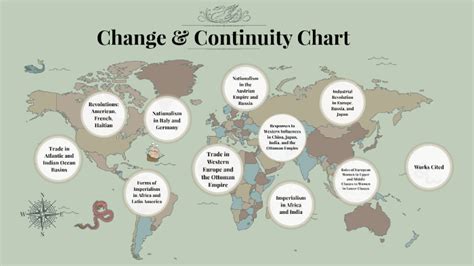Introduction

The saga of immigration has long been interwoven with the fabric of human history. From the earliest settlements to the present day, people have journeyed across vast distances in search of better lives. The period between 1750 and 1900 witnessed a surge in global migration, which shaped the demographic, economic, and social landscapes of numerous countries. This article delves into the continuities of immigration during this pivotal era, exploring its enduring patterns, motivations, and consequences.
Economic Motivations: A Constant Driving Force
Throughout the 1750-1900 period, economic imperatives remained a primary catalyst for immigration. The Industrial Revolution, which swept across Europe and North America, created unprecedented opportunities for labor. Immigrants from impoverished regions, particularly in Europe, flocked to industrialized urban centers in search of better wages and working conditions. The United States, with its vast agricultural and industrial sectors, became a major destination for economic migrants. According to the U.S. Census Bureau, over 27 million immigrants arrived in the United States between 1850 and 1900, primarily from Germany, Ireland, and Italy.
Political and Religious Persecution: Seeking Refuge and Freedom
Political and religious persecution also played a significant role in driving immigration during this period. The aftermath of revolutions and wars in Europe, such as the French Revolution and the German Revolution of 1848, led to the displacement of large numbers of people. Immigrants seeking refuge from oppression fled to countries where they enjoyed greater freedoms and political stability. The United States, with its established tradition of religious tolerance and democracy, attracted many of these migrants.
Transatlantic Linkages: Building a Globalized World
Steamships and other technological advancements revolutionized transoceanic travel in the 19th century, significantly reducing the cost and time required to traverse the Atlantic Ocean. This increased accessibility made it possible for more people to undertake long-distance migrations. The establishment of global shipping routes also fostered transnational connections and facilitated the formation of migrant communities. For instance, the Irish Potato Famine of the 1840s resulted in a mass exodus of over one million people to the United States, creating a strong Irish-American community that continues to exist today.
Social and Chain Migration: Building Community and Support
Social and chain migration were other key continuities of immigration during the 1750-1900 period. Migrants who had successfully established themselves in new countries often encouraged their family members and friends to follow them. This chain migration led to the formation of close-knit immigrant communities, where migrants provided support and assistance to newcomers. For example, the Chinese Exclusion Act of 1882 restricted Chinese immigration to the United States, but it allowed Chinese merchants and students to remain. These individuals established communities in major cities such as San Francisco, Los Angeles, and New York, which became centers of Chinese culture and commerce.
Challenges and Discrimination: Barriers to Integration
Despite the aspirations of immigrants, they often faced challenges and discrimination in their new homelands. Language barriers, cultural differences, and economic competition led to tensions between immigrants and the native-born population. In many countries, immigrants were subject to legal restrictions, such as poll taxes, literacy tests, and immigration quotas. The United States, for instance, passed the Chinese Exclusion Act in 1882, which severely restricted Chinese immigration and effectively prohibited it for decades.
Labor Market Challenges: Competing for Scarce Resources
The influx of immigrants during the 1750-1900 period also raised concerns about the potential impact on the labor market. In some cases, immigrants were seen as competitors for jobs, especially during economic downturns. This led to the rise of labor unions and the implementation of protective policies, such as the establishment of minimum wage laws and restrictions on the employment of foreign workers.
Assimilation and Resistance: Shaping New Identities
Over time, immigrants began to adapt to their new environments and forge new identities while retaining elements of their original cultures. This process of assimilation often involved learning the local language, adopting new customs, and establishing new social and economic networks. However, assimilation did not always lead to complete integration, and many immigrant communities maintained their cultural traditions and languages.
Conclusion
The continuities of immigration between 1750 and 1900 have left an indelible mark on the world. Economic opportunities, political and religious persecution, technological advancements, and social connections have been constant driving forces of human migration. However, the challenges and experiences of immigrants have also varied over time, from discrimination and assimilation to adaptation and resistance. By studying the continuities and changes of immigration during this pivotal era, we gain a deeper understanding of the complexities of human movement and its enduring impact on societies around the globe.
